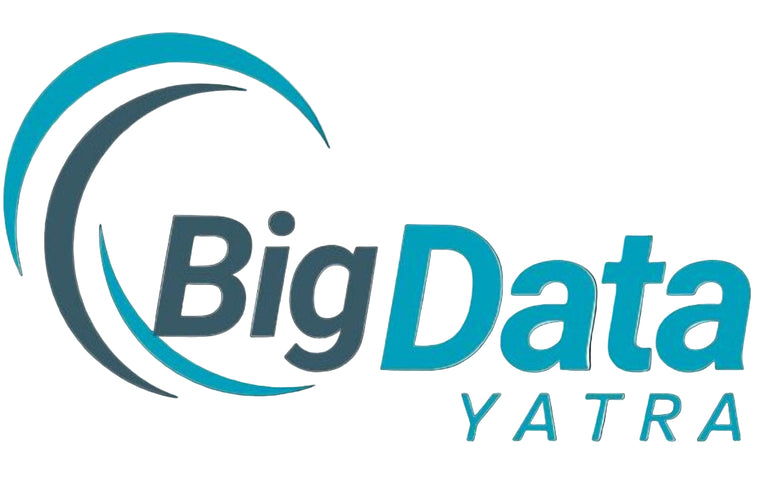
SQL (STRUCTURED QUERY LANGUAGE)
Designed for beginners, this course breaks down complex concepts into simple, hands-on lessons. No prior coding experience required! By the end of this course, you'll be able to write SQL queries confidently and understand how data is stored, accessed, and manipulated in real-world systems — a valuable skill whether you're a developer, analyst, marketer, or entrepreneur. You’ll learn how to:
- Create and manage database structures
- Retrieve and filter data with queries
- Perform complex data operations using JOINs, subqueries, and aggregate functions
- Modify data with INSERT, UPDATE, and DELETE commands
What you will learn in our SQL COURSE
Module 1: Introduction to Databases & SQLWhat is a database?
- Relational vs. non-relational databases
- What is SQL and why is it important
- Overview of DBMS (MySQL, PostgreSQL, SQLite, etc.)
- Setting up your environment (e.g., SQLite, pgAdmin, or MySQL Workbench)
Module 2: Basic SQL Queries SELECT statements
- Filtering results with WHERE
- Using logical operators (AND, OR, NOT)
- Sorting with ORDER BY
- Limiting results with LIMIT / TOP
Module 3: Working with Data
- Inserting data: INSERT INTO
- Updating data: UPDATE
- Deleting data: DELETE
- Data types and constraints (e.g., NOT NULL, DEFAULT, UNIQUE)
Module 4: Filtering, Functions & Expressions
- Comparison operators (=, <, >, BETWEEN, IN, LIKE)
- Aggregate functions: COUNT(), SUM(), AVG(), MIN(), MAX()
- GROUP BY and HAVING
- Aliasing with AS
- String and date functions
Module 5: Working with Multiple Tables
- Introduction to database relationships (1:1, 1:N, M:N)
- Understanding primary keys and foreign keys
- INNER JOIN, LEFT JOIN, RIGHT JOIN, FULL OUTER JOIN
- CROSS JOIN and SELF JOIN
- Using JOINs in practice
Module 6: Subqueries and Nested Queries
- Subqueries in SELECT, FROM, and WHERE
- Correlated vs. non-correlated subqueries
- Common Table Expressions (CTEs)
Module 7: Data Modeling and Schema Design
- Normalization (1NF, 2NF, 3NF)
- Designing tables and relationships
- Creating tables and constraints
- ALTER and DROP statements
Module 8: Advanced SQL Concepts
- Window functions: RANK(), ROW_NUMBER(), LEAD(), LAG()
- Case statements and conditional logic Transactions and ACID properties
- Indexing basics and performance tips
Module 9: SQL for Data Analysis (Optional for Analytics Track)
- Real-world analytics use cases
Time series analysis - Creating dashboards using SQL queries (optional integration with tools like Excel or Tableau)
- Writing efficient queries for reporting
Module 10: Capstone Project
- Design a small database (e.g., for an e-commerce store or HR system)
- Populate it with sample data
- Write queries to solve real-world tasks (sales reports, user engagement, inventory levels)
- Peer or instructor review (for formal courses)

